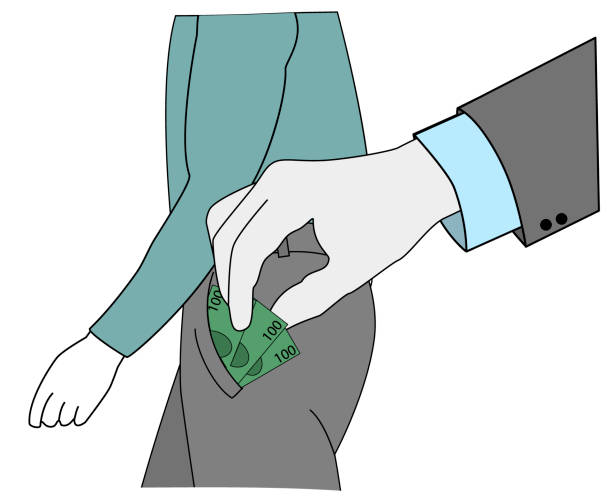Related Articles
We already know workers with middle and upper incomes most often benefit from Washington state’s Paid Family and Medical Leave (PFML) fund. (See the chart below.) It’s also true that many PFML beneficiaries are repeat users, and that those benefitting more than once have higher wages than one-time users.
I asked the Employment Security Department (ESD) how many people have filed more than one claim for taxpayer-paid time off work given the pattern I know with childrearing — kid one and kid two usually come within a few years of each other. Since PFML is now five years old, I thought the state would have some data on repeat usage.
ESD said 46% of paid-leave customers in the last fiscal year were returning customers. Over the life of the program, that number is 37%, making up 59% of all PFML claims. Those repeat percentages include a large chunk of parents who took both medical and bonding leave related to the same birthing event.
In 2020, PFML began giving workers’ wages to people seeking time off to bond with babies or handle self or family medical needs. The program has definitely caught on.
“In its first year, 112,737 people were approved for benefits,” the Washington State Standard reports. “Since then, the number of people receiving benefits nearly doubled to 210,268 people in 2023.”
The program has paid out $5 billion to more than 512,000 workers. While touted as success by Gov. Jay Inslee and others, realize this means millions of workers have not benefited from PFML, even though money is continually taken from their paychecks. Find out how much you and your employer pay into PFML each year here.
Wage decrease, program increase
PFML has seen about 15% growth in both of the last two years and the state is expecting 35% growth in the next two years. Staffing is not able to keep up with demand. Benefits are delayed and there are long waits for customer service. That has the Employment Security Department asking for roughly $23 million to hire 98 more employees to administer the popular program in which people use other workers’ money to pay for life needs and wants.
Expect a payroll-tax increase for the fund in October. Another general fund bailout could be on the way soon, too. PFML is not, as was promised, paying its way.
Last year, PFML was infused with $200 million from the general fund to help it get by. The tax rate is nearly double where it began. It went up to 80 cents per $100 of earnings in 2023 and now sits at 74 cents per $100. That slight lowering is in part because of the cash infusion the program received from the Legislature. Workers pay 71.43% of the payroll tax, and employers with 50-plus workers pay 28.57%.
When ESD told the Senate Labor and Commerce Committee this summer that a program deficit could happen as soon as October and be more severe than was previously projected, Sen. Steve Conway, D-Tacoma, noted that some of the states with similar programs have higher payroll taxes attached to them — closer to 1%. He said, “I wonder if we have structured it properly to make sure we don’t have these funding crises every other year.” Sen. Karen Keiser, D-Des Moines, suggested that staff check whether other states have income caps on their PFML payroll taxes as Washington state does, indicating this might be a provision that will change.
I think the best question for lawmakers to ask is whether this payroll tax-fed program should even exist. It is being used most by people who are not in financial need, often more than once.
I don’t feel good about that. Low-income workers are being forced to help finance the choices and needs of people with more income, more resources and who are not in need of taxpayer dependency. And part of the reason fewer people with lower wages use PFML is because they can’t afford to. PFML does not restore full wages to recipients. If you're barely getting by, it's often not attractive to try and get by on less.
Safety nets for people in financial need are worthy of support, but so is requiring self-sufficiency of people with means. Giving their bills to low-income workers should be appalling to all Washingtonians.
----------
Fiscal year 2024’s hourly wage information for PFML recipients:
— Up to $18/hr: 9%
— Between $18 and $24/hr: 20%
— Between $24 and $35/hr: 27%
— Between $35 and $60/hr: 26%
— More than $60/hr: 17%






